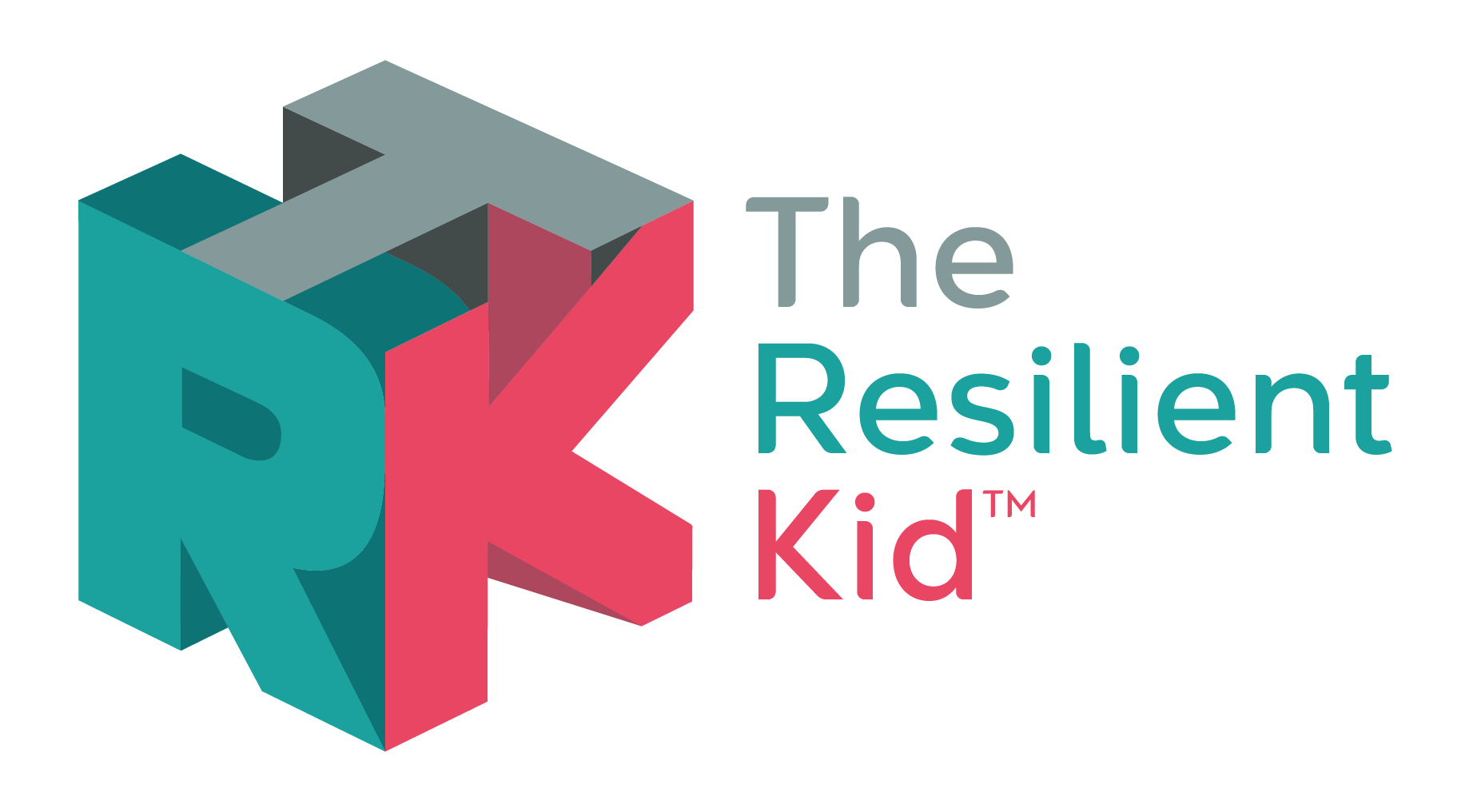
Have You Ever Googled Yourself?
01/04/2025
What has this got to do with navigating technology for your family?
Well, just try it and see what comes up—you might be surprised. Once an image or piece of information is out there, it is difficult to remove.
When I google myself, I find articles I’ve written for publications like Grazia and iPaper, along with my website. When I google my daughter, I find three different mentions in publications from when she represented her county at rugby and volunteered for TEDxNorthwich. My son? A picture from primary school featured in the local paper. They didn't have a choice about that information being shared, yet it remains online.
Try googling your family—see what comes up. Then, have a discussion with your kids about what is shared online. You might be surprised at their reactions and their level of awareness.
I had a great conversation with Heather Barnard on the podcast (see link here) from Tech Healthy Families. Heather spoke about shifting the conversation from screen time to screen purpose. It’s easy to nag our kids about spending too much time online, but do we actually know what they are doing? Have you asked what apps they enjoy and why? Do you know who they are chatting with while gaming?
Have You Heard of Phubbing?
Phubbing is when someone focuses on their phone instead of paying attention to others in a social setting—it’s short for "phone snubbing." How often do you do this with friends or your kids? And how often do they do it to you?
Having not grown up with mobile phones or social media, it’s easy to assume that kids are digital natives. But as Heather pointed out, they aren’t always aware of the consequences or the impact that sharing videos, misinformation, and personal details online can have.
Connection Versus Consumption
One of the key takeaways from my conversation with Heather was the difference between connecting online and consuming online. Not all screen time is created equal. Watching endless videos in isolation is very different from FaceTiming a grandparent, learning a new skill, or collaborating with friends on a creative project.
As parents, our role isn’t to ban screens but to guide children toward mindful, intentional use. Ask them, “How does this app or activity make you feel?” Encourage them to reflect on whether their screen time is enriching their lives or simply filling time.
A great approach is to co-create a family digital agreement that fosters balance. This could include:
-
Phone-free meals to encourage conversation.
-
Device-free zones in bedrooms to promote better sleep.
-
A ‘pause before you post’ habit to encourage responsible sharing.
-
Regular check-ins about online experiences, both positive and negative.
Start the Conversation
The goal isn’t to shame or scare our kids about technology—it’s to empower them to use it wisely. Be curious, not critical. Instead of policing their screen time, engage with them about what they enjoy online. Ask questions, listen, and share your own experiences.
When we shift from a mindset of control to one of coaching, we help our kids develop lifelong digital habits that serve them well in a connected world.
Listen to the podcast here (insert link). To follow Heather (and I highly recommend you do) IG  Instagram (@techhealthyfamilies)
Instagram (@techhealthyfamilies)
We would love to hear about your tech stories drop us a message at ashley@theresilientkid.co.uk
Comments
Must be Logged In to leave comments.

